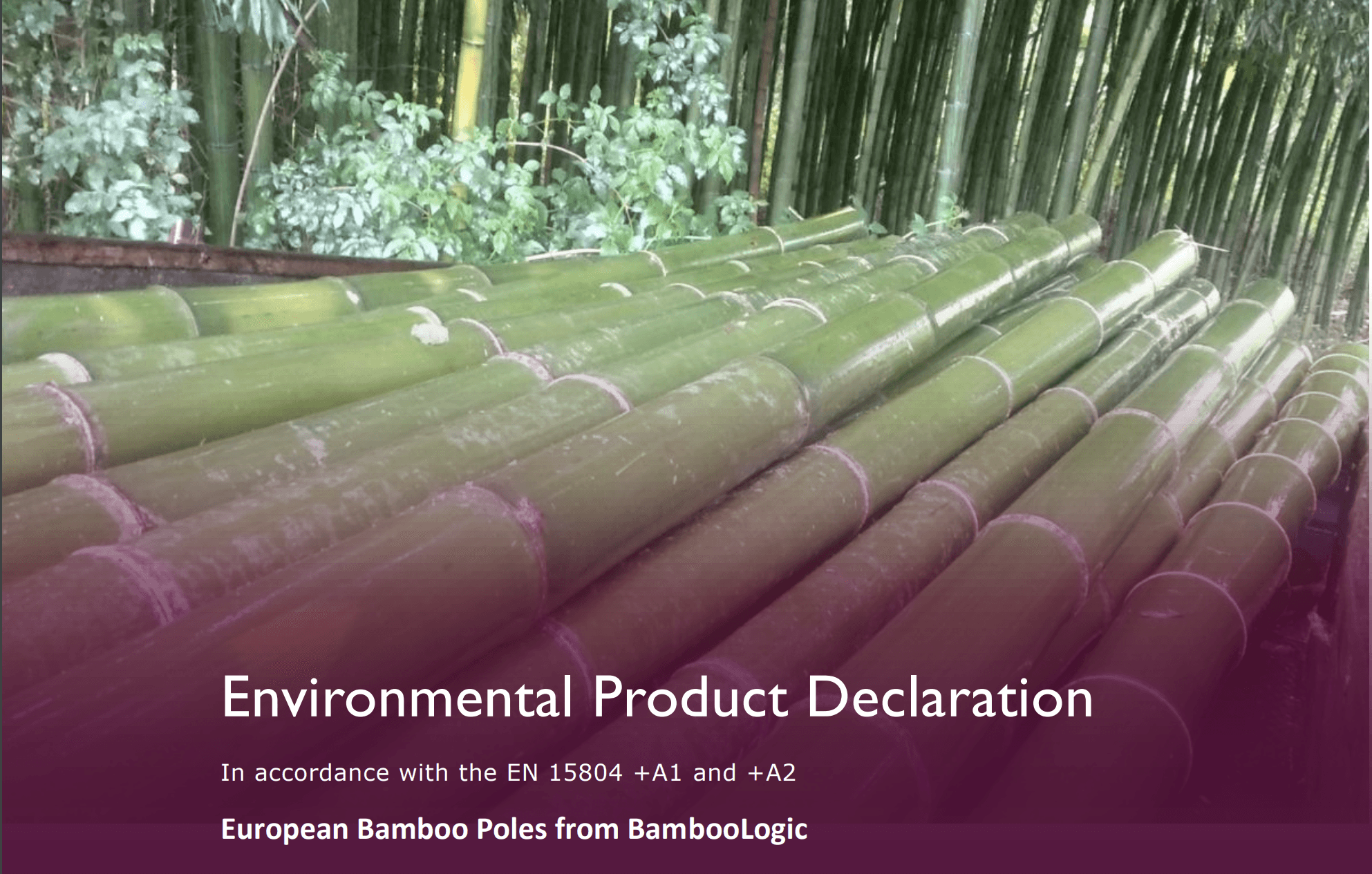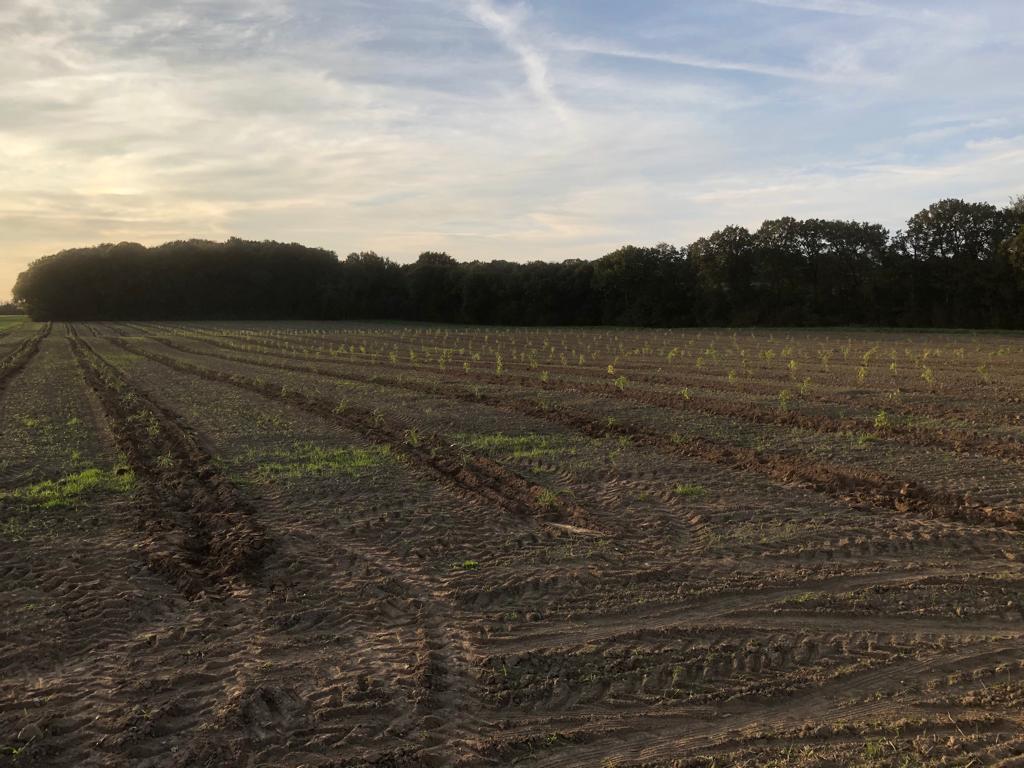Jun 18, 2024
The carbon footprint, also known as CO2-footprint, is the total amount of carbon dioxide (CO2) and other greenhouse gases emitted directly and indirectly by human activities. This includes everything from driving cars and heating homes to the production of goods and services. A high carbon footprint contributes to global warming, leading to climate change and serious environmental and socioeconomic consequences.
Bamboo: A Sustainable Alternative
Bamboo is one of the fastest growing plants on earth. Some species can grow up to 91 cm per day. This exceptional growth rate makes bamboo particularly effective at sequestering CO2. Scientific studies have shown that bamboo can absorb more CO2 per hectare than many trees. This is because bamboo has higher photosynthesis efficiency, meaning it converts CO2 into biomass faster.
CO2 sequestration and reforestation
Bamboo plantations can play an important role in a green agriculture and restoring degraded landscapes. Planting bamboo on fallow or depleted agricultural land can improve soil quality, reduce erosion and promote biodiversity. Moreover, unlike many other crops, bamboo continues to grow after harvesting without having to be replanted. This provides a continuous CO2 sequestration cycle.
Applications of bamboo
Bamboo has been used for centuries in a wide range of applications, from building materials and furniture to paper and textiles. Modern technologies have made it possible to turn bamboo into high-quality products such as bamboo composites, bamboo cladding, bamboo textile, bamboo planks for flooring, bamboo acoustic panels and even bamboo furniture. Each of these applications help reduce the carbon footprint by replacing traditional fossile materials such as steel, plastic and concrete, that have a higher carbon footprint.
Bamboo and Carbon Removal Certificates
An emerging trend is the use of Bamboo Carbon Removal Certificates. These certificates allow individuals and businesses to offset their carbon emissions by investing in projects that plant and maintain bamboo fields. Each certificate represents a 1 tonne of CO2 removed from the atmosphere and stored in bamboo plantations. These projects are certified by an independent organization to ensure security and follow-up.
Scientific research
The scientific basis for using bamboo in CO2 removal is well established. Research shows that bamboo has a high CO2 uptake capacity due to its rapid growth and high biomass production. In addition, bamboo promotes healthy soils through its root structure, which prevents erosion and improves water retention.
Your role in a more sustainable future
Everyone can contribute and lower their carbon footprint by making conscious choices in the daily live. Consider using bamboo products instead of traditional materials, and buy Bamboo Carbon Removal Certificates to offset your residual carbon footprint. By taking these steps, you not only help reduce current carbon emissions, but also contribute to removing historical emissions and restoring our planet.
European bamboo farms are a powerful and effective carbon sink. Due to its exceptional growth rate and wide range of applications, bamboo plays a crucial role in the fight against climate change. Invest in bamboo and contribute to a more sustainable future for us all.





